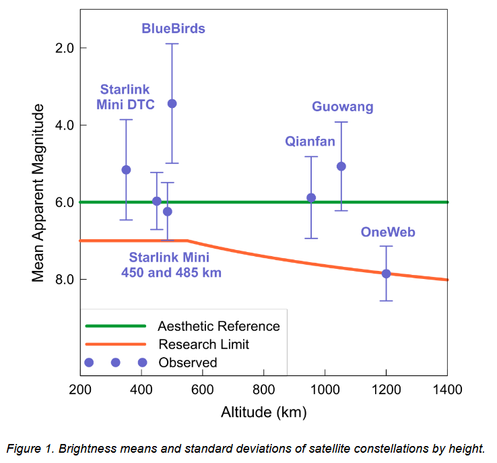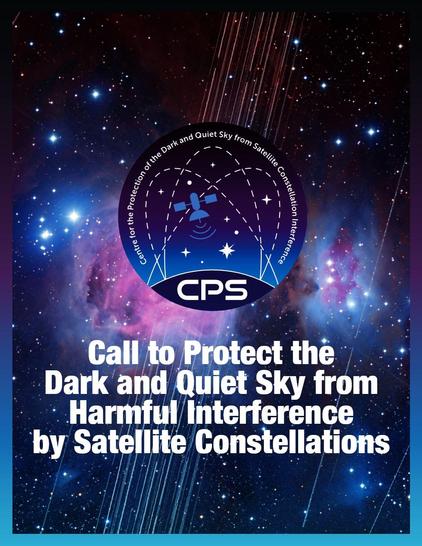Are We Going to Mess Up Outer Space Too?
As nations jockey for military edge in orbit, there is a growing threat from above
by Daniel Munro Updated 8:49, Jun. 19, 2024
"Over the past decade, however, space has become much more contested and harder to govern. Nearly 1,000 private companies now offer space-based products and services. Expanding #SatelliteConstellations offer better internet access in remote and developing communities, enabling more people to access online health care, work remotely, and connect with family and friends. Space technologies also support better weather and climate monitoring, improve navigation and transportation logistics, and enhance agricultural productivity through the use of land- and water-quality sensors. All this has contributed to a space economy with an estimated value of $447 billion (US), on a trajectory to reach $1 trillion by 2030. And missions focused on exploration and scientific discovery are expanding—including the US-led Artemis program that aims to land human beings on the moon for the first time in over fifty years.
"But this new space age poses substantial risks. #OrbitalDebris from inactive satellites, discarded rocket parts, and anti-satellite #weapons tests threatens the infrastructure on which our social and economic well-being now depends, as well as the lives of astronauts working on space stations. In addition to the 30,000 objects large enough to track, there are an estimated 1 million debris fragments—between one and ten centimetres in diameter—that are too small to be picked up by ground-based radar and surveillance networks. Experts put the likelihood of future collisions between these objects at near certainty, with potential for cascading and catastrophic damage including entire satellite communication systems being taken out and larger debris fragments falling to #Earth and threatening lives and #ecosystems."
Read more:
https://thewalrus.ca/mess-up-outer-space/?utm_source=pocket-newtab-en-us
#DarkSkies #DarkSkiesForAll #KesslerSyndrome #SpaceX #SpacePollution #KesslerEffect #MegaConstellation

